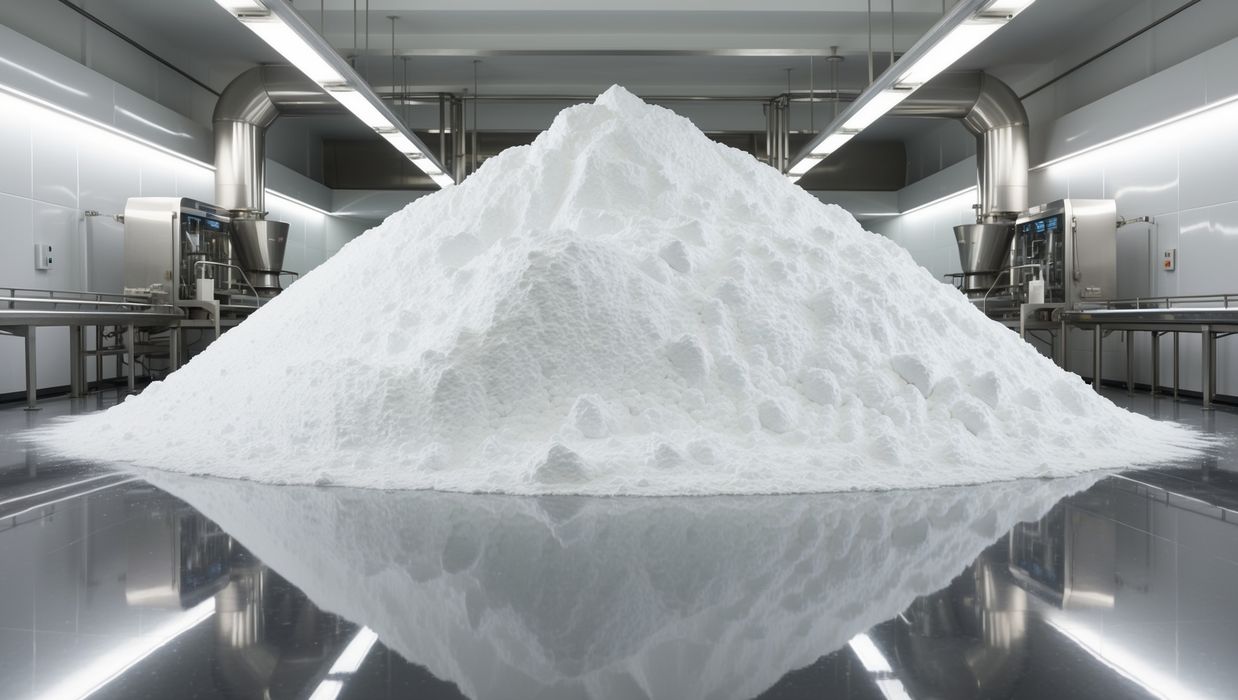
Stratasys announced an intriguing new method of reusing waste SLS powder.
The SLS 3D printing process is one of the oldest on the market, and it involves a laser selectively sintering thermoplastic powder layer by layer. The completed print job will have the part buried in unfused powder, from which it is extracted and processed.
This leads to the “dirty” secret of SLS 3D printing: there is an enormous waste of powder.
Why so? During a print job, the entire build chamber is subjected to various temperatures and conditions. Any powder that hasn’t been fused into the final part is considered “used”.
SLS equipment manufacturers typically designate a recommended ratio of fresh to used powder in subsequent print jobs. You can re-use the old powder, but only so much. Usually, this is around 30% used and 70% new.
You can exceed the ratio to save on powder, but you risk part quality and, in particular, the color, which is critically important for some production parts. Most operations simply follow the manufacturer’s guidelines.
The result is waste powder because only so much of that used powder can be mixed in with fresh powder. The remaining powder accumulates and eventually is disposed of. The amount varies considerably by site and depends on a number of factors.
Stratasys’ new “SAF ReLife” is a software solution that allows the use of used SLS powder, specifically PA12, in their SAF high-throughput 3D printing process. They explain:
“The SAF ReLife solution can efficiently repurpose waste PA12 powder from powder bed fusion printers, including high-speed sintering, SLS (selective laser sintering), and jetting build processes for use within the Stratasys H350 printer. This sustainable solution helps customers produce high-quality surface-finished parts with powder that otherwise would be considered waste. This new technology can significantly lower the cost-per-part for customers, improve their material efficiency, and reduce their overall carbon footprint per build.”
This is an amazing development: using waste material from one 3D print process directly in another 3D printing process.
For operations that use both SLS and SAF, this is ideal: waste from one side of the workshop can now be used on the other. That could generate significant savings in material costs for SAF printing.
For Stratasys, this is a double-edged sword. On one hand, it means that they could lose out on material sales to some existing SAF customers using the company’s H350 3D printer.
On the other hand, consider the case of a workshop that has SLS but not SAF. SAF ReLife suddenly becomes much more attractive due to the ability to use “free” materials already on site. Stratasys beta testers reported the cost of SAF parts produced using this approach dropped by 20%.
In addition, they found their carbon footprint dropped by a whopping 89% for these parts, likely due to the elimination of much shipping and material production.
It may be that Stratasys could drive sales of H350 units forward with this software feature.
Via Stratasys
